Free Tenancy Agreement Template UK (Download in Word & PDF)
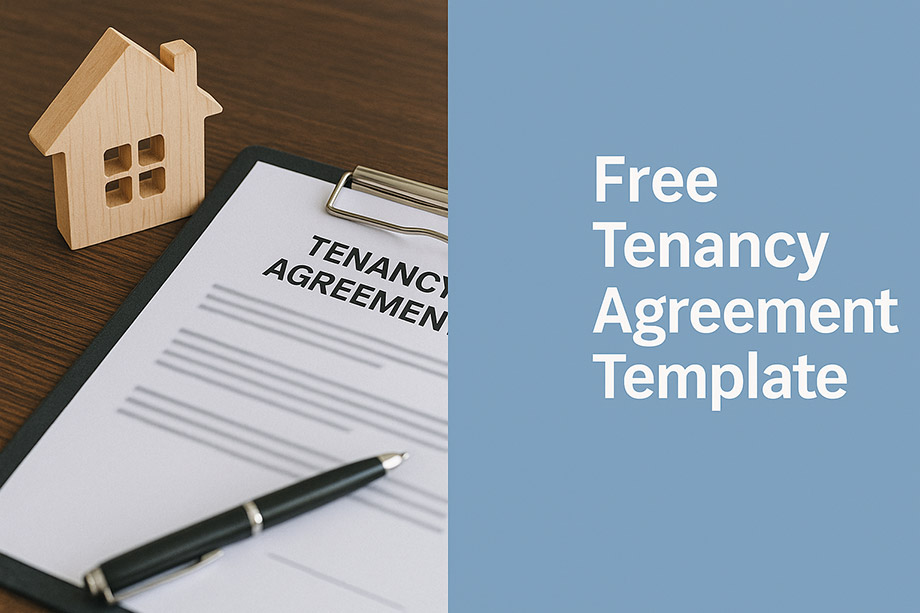
If you’re a landlord or tenant in the UK, having a clear, legally sound tenancy agreement is essential. It sets out the rights and responsibilities of both parties, helps avoid misunderstandings, and provides a solid foundation should any disputes arise.
Using a free tenancy agreement template UK can save time, reduce costs, and give you peace of mind. In this guide, you’ll learn what a tenancy agreement is, why it matters, what a UK tenancy agreement template should include, and how to create and use one effectively.
What Is a Tenancy Agreement and Why Do You Need One?
A tenancy agreement is a legal contract between landlord and tenant. It outlines the terms under which the tenant rents the property from the landlord. This document protects both parties by clearly setting out expectations during the tenancy period.
Having a written agreement is strongly recommended. It covers details such as:
- Rent amount and payment dates
- Deposit and protection scheme
- Length of tenancy (fixed term or rolling)
- Responsibilities for maintenance and repairs
- Notice periods to end the tenancy
For landlords, it protects property and income. For tenants, it guarantees the right to live in the property under agreed conditions.
Key Elements to Include in a UK Tenancy Agreement Template
When downloading or creating a free tenancy agreement template UK, make sure it covers:
- Names of the Parties – landlord, tenant(s), and contact details
- Property Description – full address and rental details
- Term of the Tenancy – fixed-term (e.g. 6 or 12 months) or periodic
- Rent Details – amount, due date, payment method, late payment rules
- Deposit and Protection Scheme – how it’s secured, conditions for return
- Tenant Responsibilities – paying rent, caring for the property, following rules
- Landlord Responsibilities – repairs, maintenance, safety compliance
- Utilities and Bills – who pays council tax, gas, water, electricity
- Ending the Tenancy – notice periods and early termination rules
- Repairs and Maintenance – who to contact, timelines for repairs
- Inventory and Condition – record of property condition and furnishings
- Restrictions and Rules – e.g. pets, smoking, subletting
- Signatures – both landlord and tenant must sign and date
How to Create a Tenancy Agreement (Step by Step)
Choose a UK-compliant template
Download a free tenancy agreement template UK (Word or PDF) that reflects current legislation (Housing Act 1988, Tenant Fees Act 2019).
Add landlord and tenant details
Insert full names, addresses and contact details for all parties (and agent, if any).
Describe the property
Enter the full rental address, type of property, included areas, parking and any shared spaces.
Set the tenancy term
Choose fixed term (e.g., 6 or 12 months) or periodic (rolling monthly/weekly) and add start/end dates.
Specify rent and payments
Add the rent amount, due date, frequency, payment method, late-payment terms and any permitted fees.
Record the deposit
State the deposit sum and confirm it will be protected in a government-approved scheme, including prescribed information.
Clarify responsibilities
Outline landlord and tenant obligations: maintenance, access for repairs, cleanliness, gardens, waste, smoke/CO alarms.
Allocate bills and council tax
Confirm who pays gas, electricity, water, broadband and council tax.
Add rules and restrictions
Include policies on pets, smoking, subletting, alterations and quiet hours.
Attach an inventory
Provide a signed inventory with photos covering condition and contents at move-in.
Explain ending the tenancy
Detail notice periods, break clauses, possession grounds and check-out process.
Sign and exchange copies
Both parties sign and date the agreement; each keeps a copy and the inventory.
Tips for Using a Free Tenancy Agreement Template Effectively
- Choose a UK-compliant template (Housing Act 1988, Tenant Fees Act 2019).
- Fill out every section clearly — no blanks.
- Always keep signed copies.
- Use an inventory checklist with photos.
- Explain the agreement fully to tenants before signing.
- Update templates regularly to reflect current laws.
- For complex cases, seek legal advice.
Download Free Tenancy Agreement Templates
You can download and use these free resources:
- Download Tenancy Agreement Template UK (Word)
- Download Tenancy Agreement Template UK (PDF)
These templates can be customised to suit your property and are suitable for most landlord and tenant agreements in the UK.
Pros and Cons of Using a Free Tenancy Agreement Template
Pros
- Free and easy to use
- Covers essential legal clauses
- Reduces disputes and misunderstandings
- Saves money compared to hiring a solicitor
Cons
- May lack customisation for complex cases
- Some free templates are generic or outdated
- Might miss specific landlord or property needs
What is a tenancy agreement?
A tenancy agreement is a legal contract between a landlord and tenant that sets out rent, term, responsibilities and house rules for the rental.
Is a written tenancy agreement required in the UK?
While some short lets can be verbal, a written agreement is strongly recommended to avoid disputes and prove the terms agreed.
What type of tenancy is most common?
Most private rentals use an Assured Shorthold Tenancy (AST), typically for a fixed term of 6 or 12 months, then periodic.
Can I use a free tenancy agreement template?
Yes, free templates are fine if they’re UK-compliant and up to date. Always fill in every section and attach an inventory.
Do I have to protect the deposit?
Yes, landlords must protect deposits in a government-approved scheme and provide prescribed information within 30 days.
What happens if I don’t protect the deposit?
You may face penalties (1–3x the deposit) and you can’t serve a valid Section 21 notice until the breach is remedied.
Who pays the bills and council tax?
This depends on the agreement. Specify clearly whether the landlord or tenant pays utilities and council tax.
Can I include a no-pets or no-smoking clause?
Yes, house rules can be included. Make them clear and reasonable, and ensure they comply with current guidance.
What notice period is required to end the tenancy?
For periodic ASTs, tenants usually give at least one rental period’s notice (often one month). Landlords must use the correct legal notice (e.g., Section 21/8) and timeframe.
Do both parties need to sign?
Yes, the agreement only becomes binding once landlord and tenant(s) have signed and dated it (witnesses optional but helpful).
Should I include an inventory?
Absolutely. A signed inventory with photos protects both parties and reduces disputes over deposit deductions.
Can I add a break clause?
Yes, add a fair break clause specifying when and how either party can end the tenancy early and the notice required.
Conclusion
A tenancy agreement is one of the most important documents in any rental arrangement. Using a free tenancy agreement template UK makes the process quicker and cheaper, while still covering all the essential legal points.
For landlords, it safeguards the property. For tenants, it guarantees fair treatment and security. Fill it out carefully, keep copies, and you’ll avoid most common rental disputes.
Ready to get started? Download a free tenancy agreement template UK (Word or PDF) today and ensure your rental runs smoothly.
Last Updated on September 8, 2025 by James Cartwright


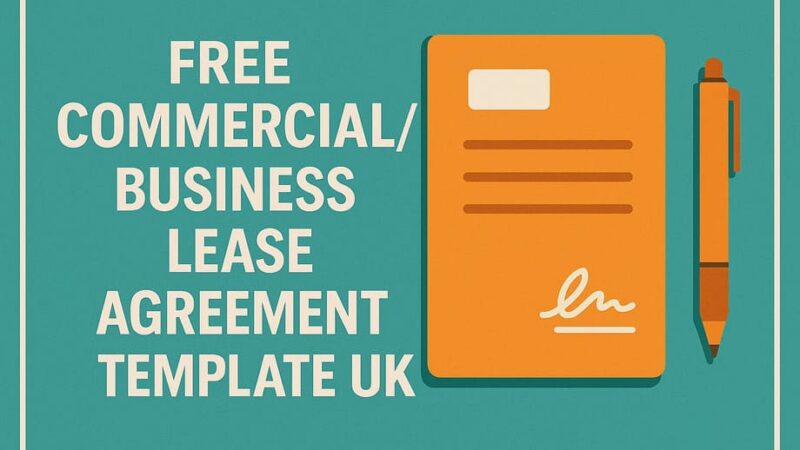

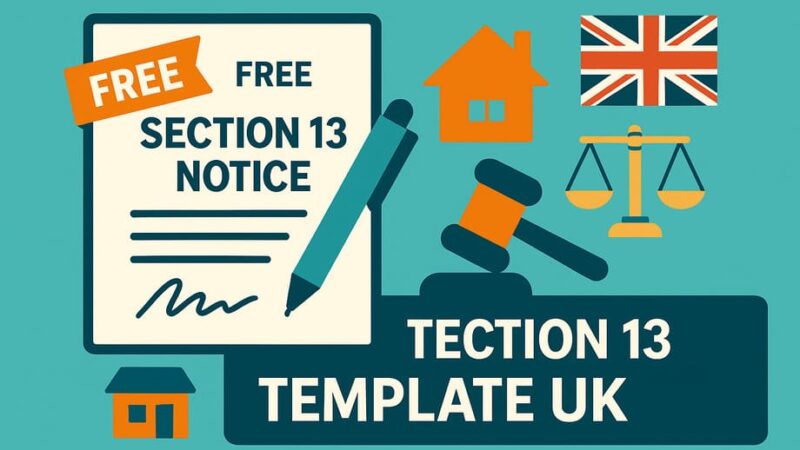
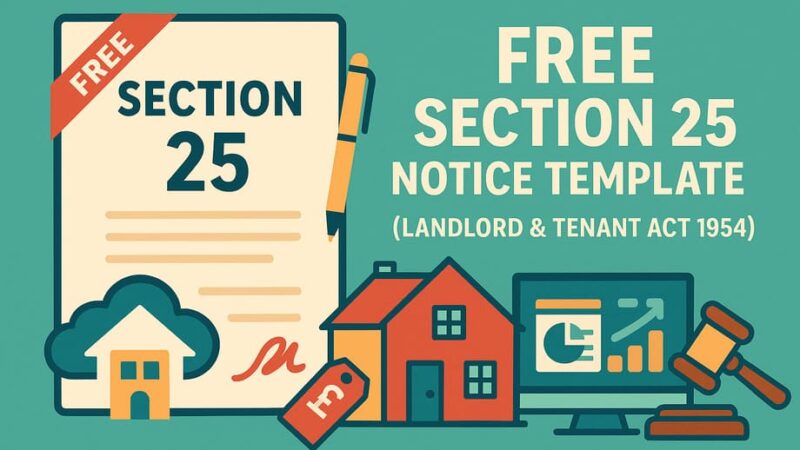
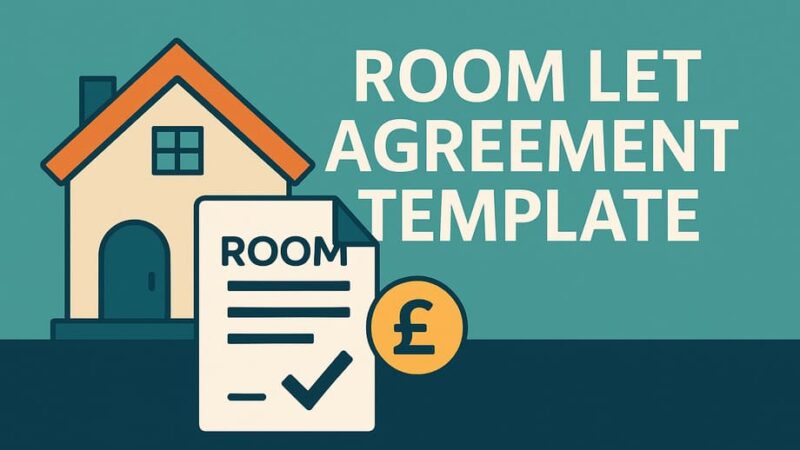
![Letter to Tenant for Late Rent Payment [Free Template] 7 Letter to Tenant for Late Rent Payment [Free Template]](https://www.yourpropertyblog.co.uk/wp-content/uploads/2025/08/letter-to-tenant-for-late-rent-payment-template-800x450.jpg)